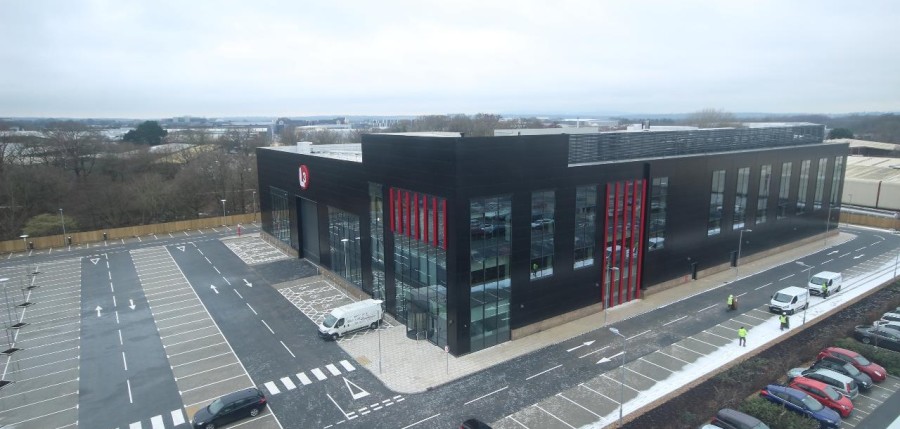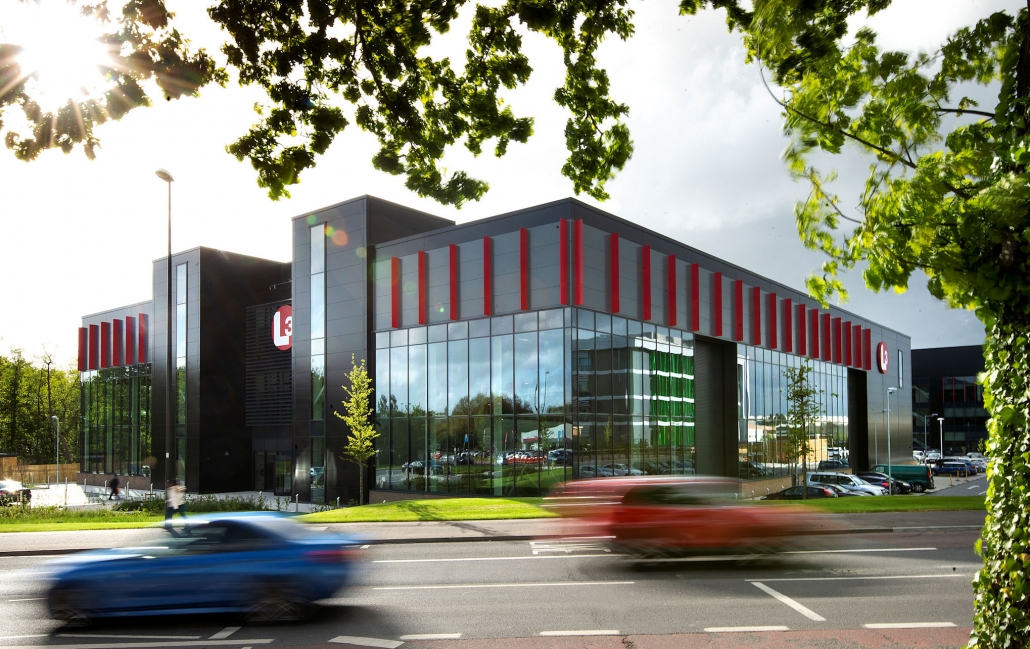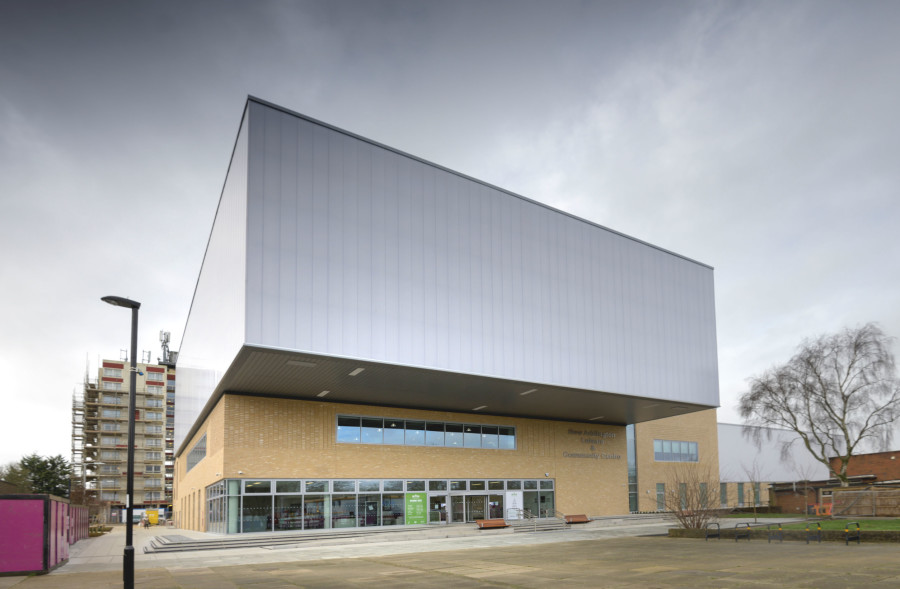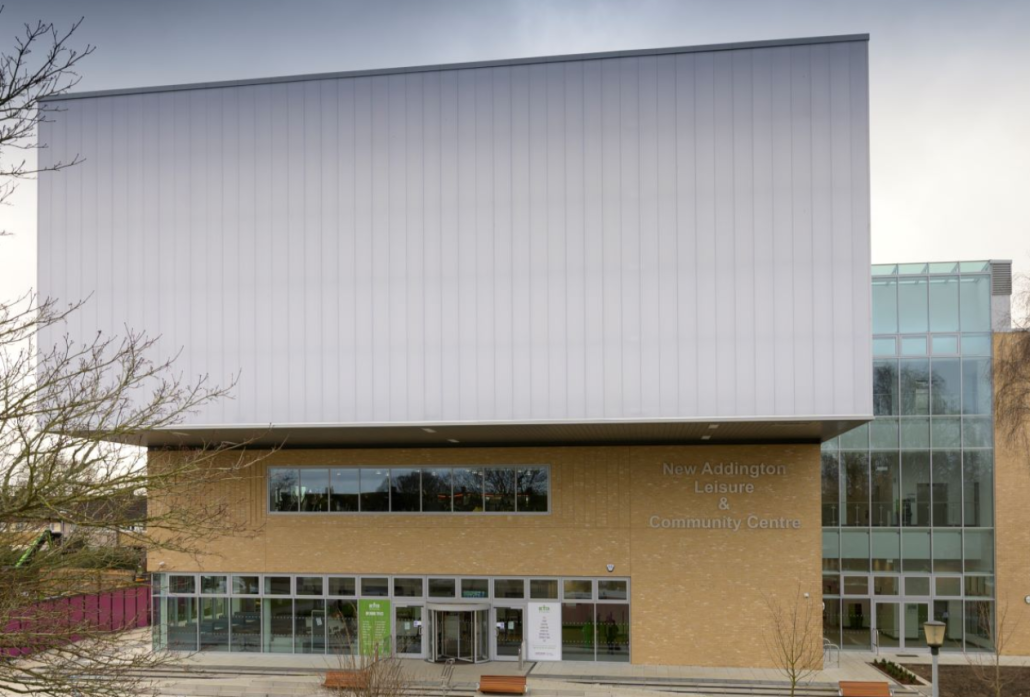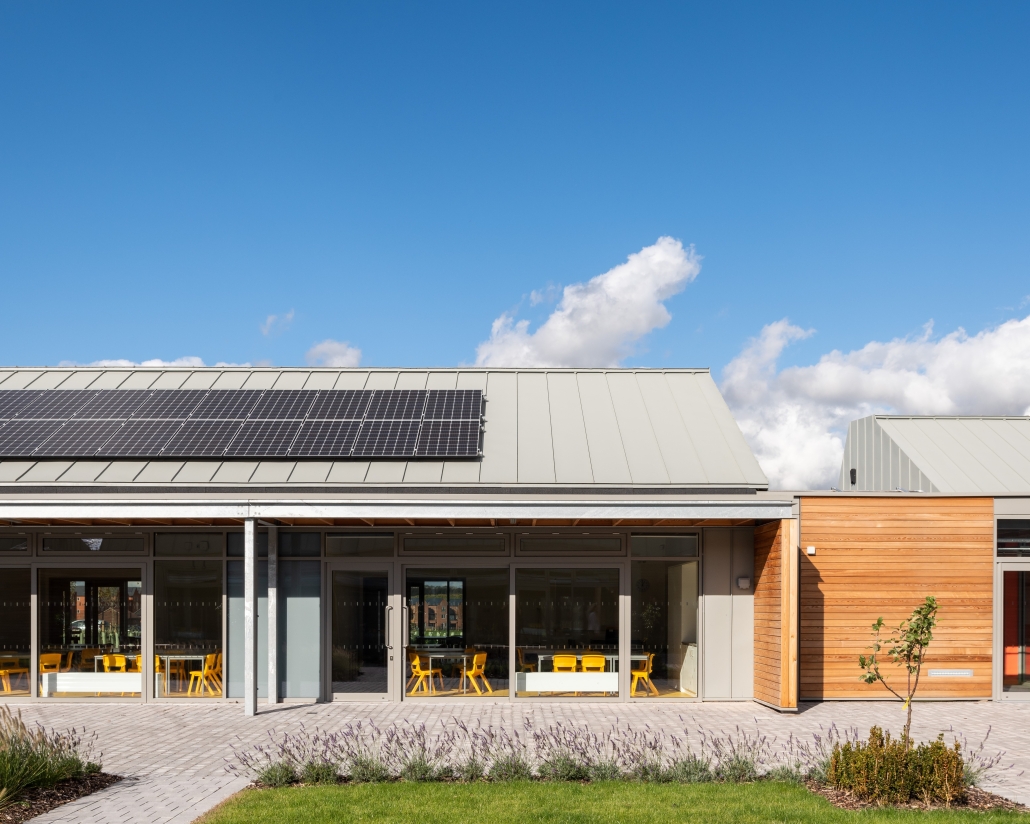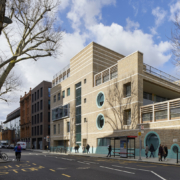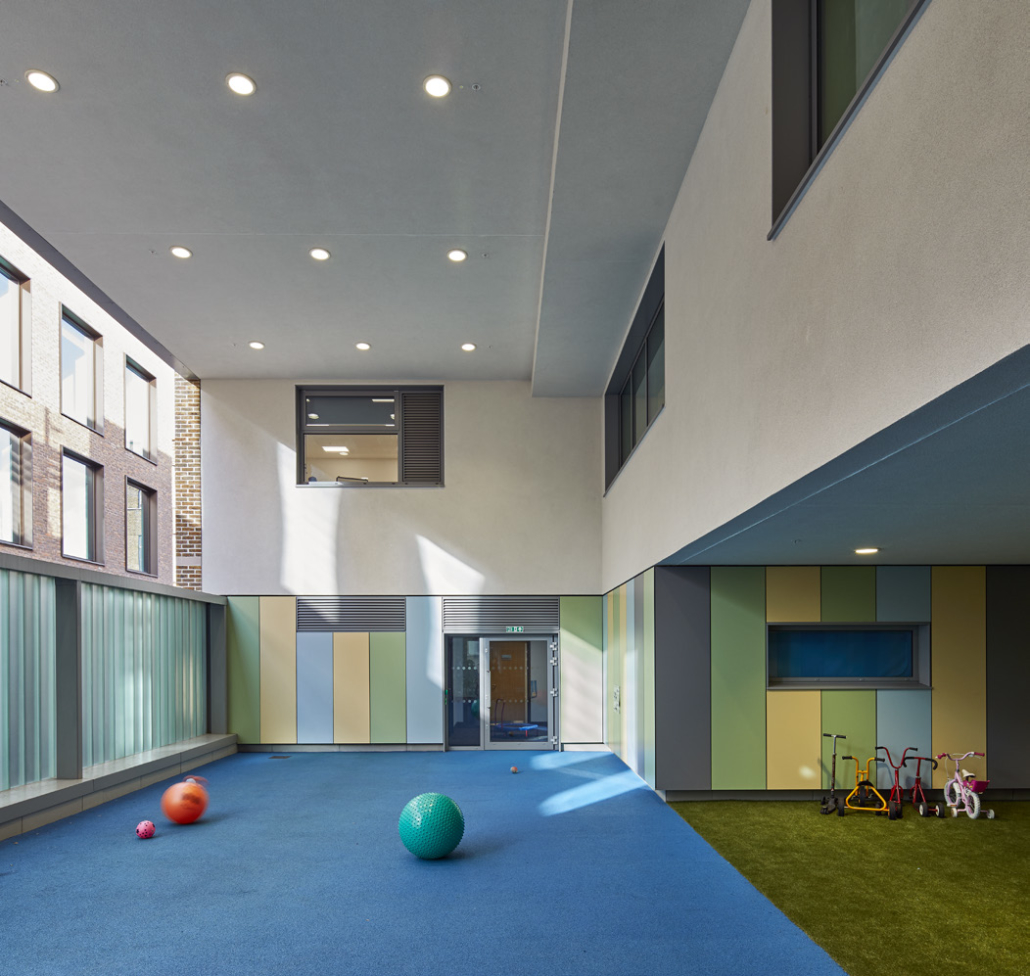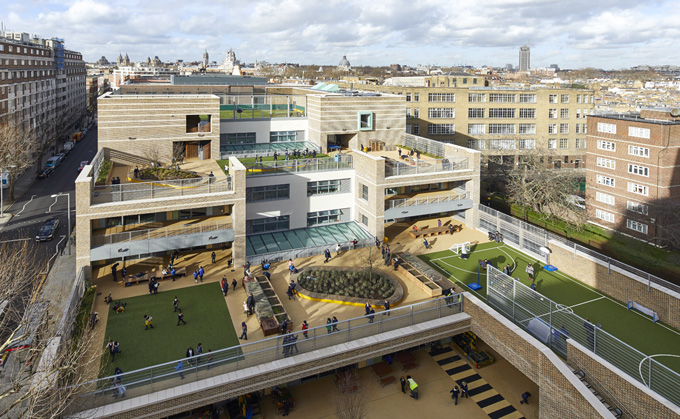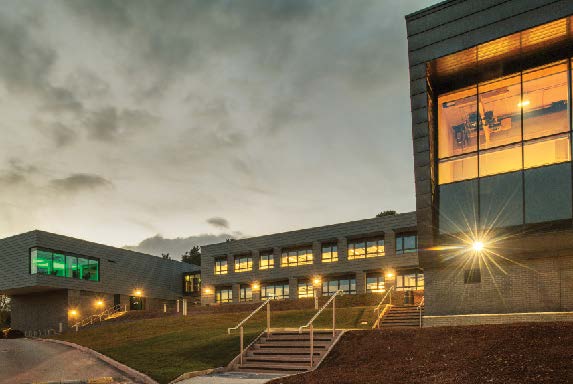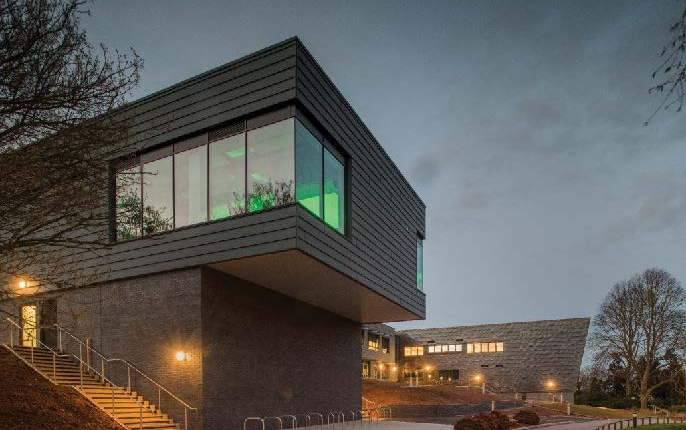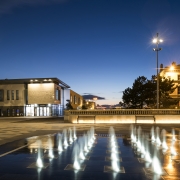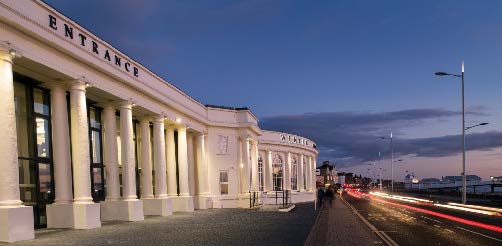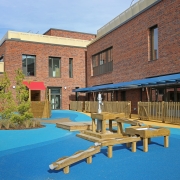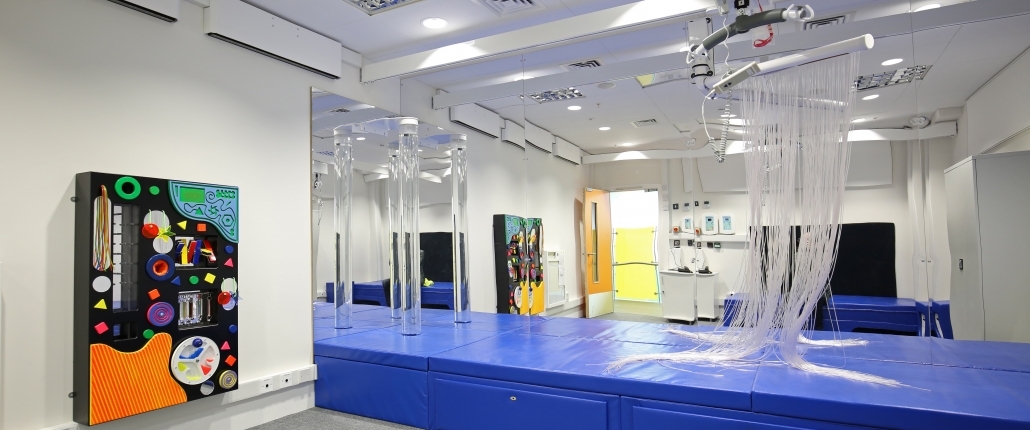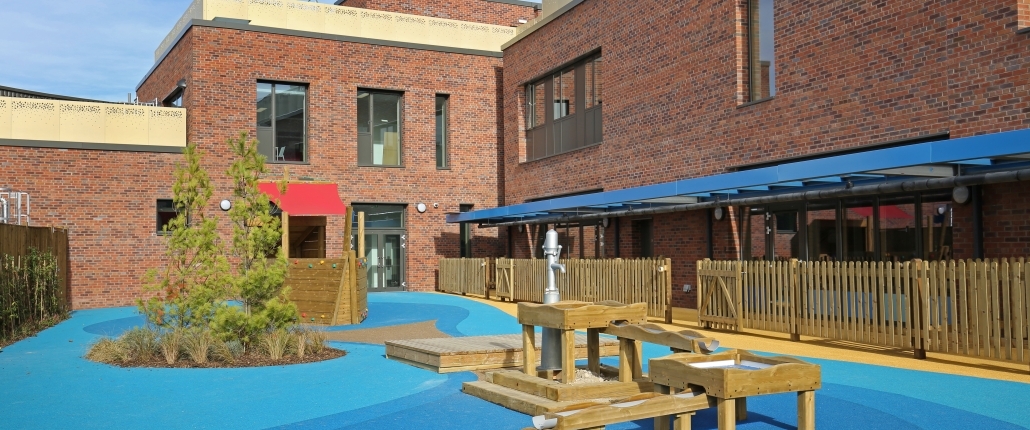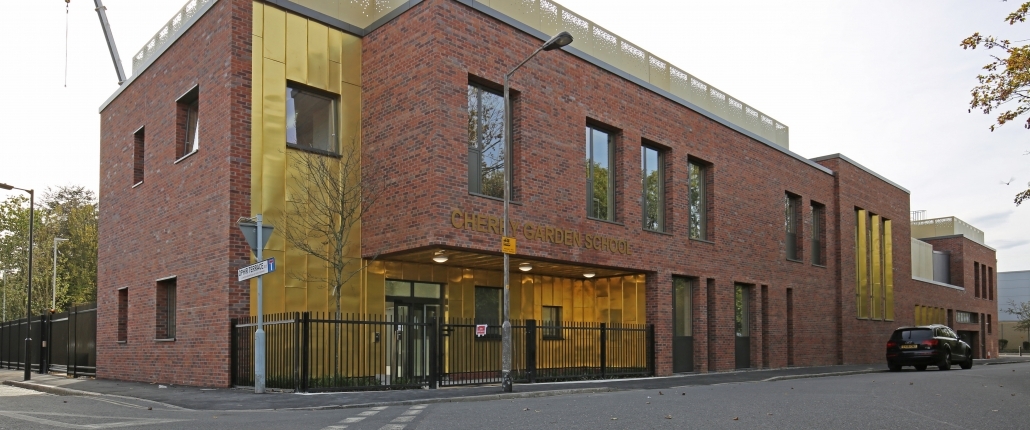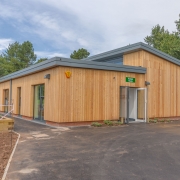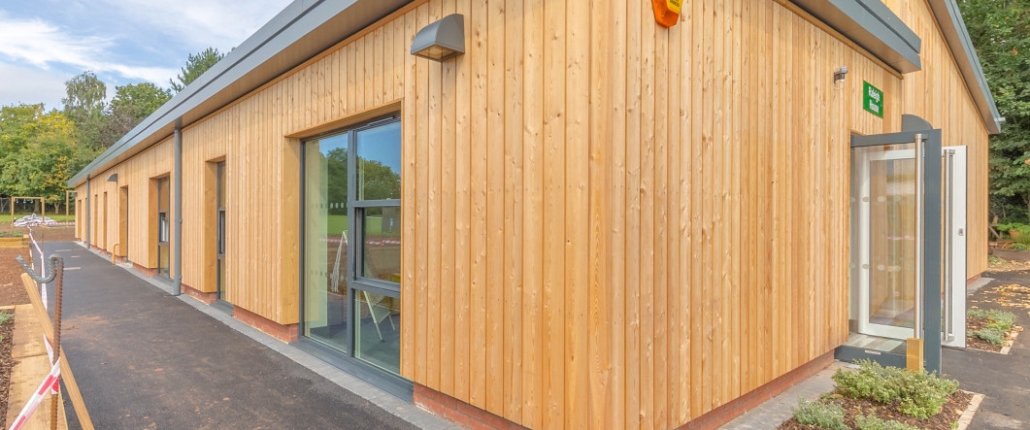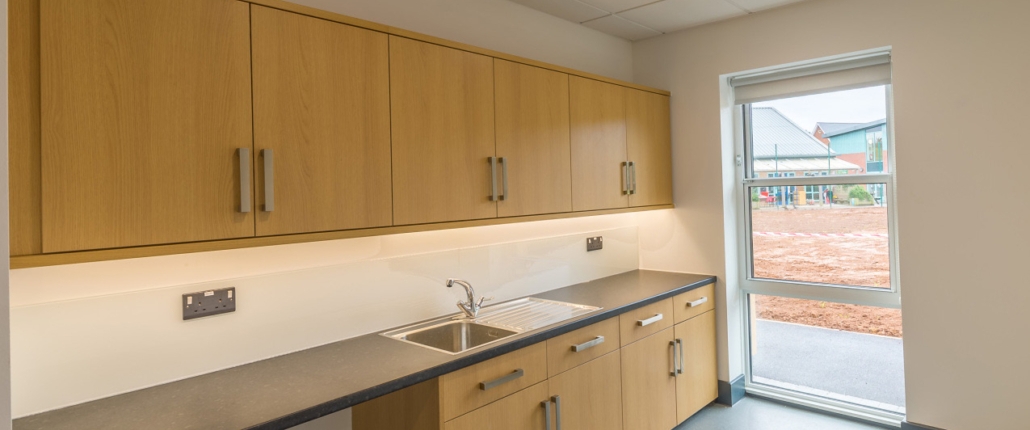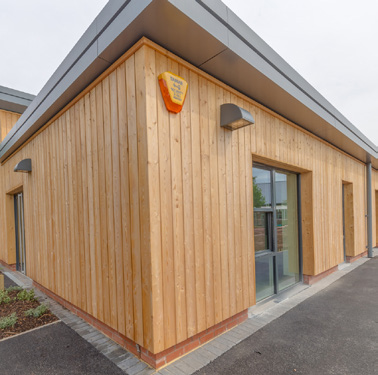Oceansgate
Oceansgate
Plymouth, Devon
Project Details
Client
Plymouth City Council
Project Manager
AECOM
Architect
Form Design Group
Contractor
Midas Construction Ltd
Value £6.1m
Contract Period
63 weeks
Procurement Type
Competitive tender – 2 stage
Form of Contract
JCT Design & Build 2011
Size 3,000m²
Apprentices
13
Project Summary
Oceansgate is the UK’s first marine enterprise zone, occupying a 35 hectare site on the southern edge of Devonport Dockyard, one of the largest naval dockyards in Europe. Delivering new opportunities and economic regeneration to a deprived area of Plymouth, Oceansgate has transformed derelict land into a site that aims to bring together marine-based businesses to create a world-class hub for industry. The development, designed by local architects, uses a layout and materials that
reflect the area’s naval history.
The project features a three-storey office and two single-storey industrial terraces, arranged in parallel rows and offering nearly 3,000m² of office and industrial space with provision for up to 21 businesses. Completed to a high standard, the finished buildings are steel portal frame with brickwork and blockwork, curtain walling and power floated concrete slabs; they feature fibre connectivity and internal floor layouts that can be subdivided to suit tenant requirements. Externally, Midas completed car parking, access roads and planting to improve the site’s appearance and ecology.
The development has been shortlisted in the ‘Regeneration’ category of the 2019 South West RICS awards and was shortlisted for ‘John Bracey Building of the Year’ in the 2018 The Building Forum Awards.
“Oceansgate occupies a 35 hectare site on the southern edge of Devonport Dockyard, one of the largest naval dockyards in Europe.”
Community Engagement
Career Opportunities
- Thirteen apprenticeships provided through the project
Key Challenges
The project had demanding site conditions, including the discovery of underground wells, basements, oil and asbestos
Prior to commencement of works, Midas reviewed all Ordnance Survey maps of the area and commissioned a ground penetrating radar scan of the site for unexploded ordnance, as Devonport Dockyard was heavily targeted for bombing during World War Two. During excavation works the team discovered several voids including basements, bank vaults and foundations of buildings destroyed during the Blitz. Midas pumped 400 tonnes of Type 1 granular fill compactable material into the holes, solid enough for the 55-tonne crane to sit on, and filled other excavations with concrete. The site fenced off excavations, with a vehicle controller in place to guide operations of plant and excavation machinery, and tested the ground for stability before each stage of the works. The team completed excavations under close, careful management, utilising remote compactors over the arches and basements to avoid risk to operators.
The development had a challenging, innovative design that included a kinetic wall, the first of its kind in the West Country
Midas joined this design and build project at RIBA Stage 2. The innovative design included use of a kinetic wall to reflect light and move with the wind, and random rubble stone cladding to some elevations. Midas constructed the kinetic wall, which is nearly six metres wide and over seven metres high, with 1,786 aluminium shingles affixed to steel wires attached to a full-height screen over the main entrance. It is the first of its kind in the west country and provides a distinctive feature of the development. Midas completed and connected the gable ends of the buildings early in the project, adjusting the programme to mitigate this requirement and completing the gable ends as soon as possible to make the buildings watertight and enable progression of interior works. Internally, the structural grid and division walls were designed to be easily combined to provide larger floor plates to respond to market interest.
The client required achievement of BREEAM Excellent
Midas successfully achieved BREEAM Excellent through provision of bicycle storage; attaining a lower Building Emission Rate than the Target Emission Rate; and installation of one bat box, one bird box and one bee brick on each building. Midas fitted a PV array to the roof of the office, with an estimated annual generation of 19,616.00kWh and a declared net capacity of 20.00kWh. The team also planted verges and trees, improving the site’s ecology, and achieved a 98% recycling figure, with demolition waste sent for reprocessing and reuse.
Project Takeaways
Our Success
- Midas liaised with the neighbouring Ministry of Defence (MOD) site in advance of commencing works to coordinate logistics and ensure the site kept MOD access clear at all times. The site employed several gate controllers and traffic managers to ensure safe site access, with radio-linked site management teams.
- The site contained multiple underground services, including a gas governor and electrical transformer. During excavation works the site team uncovered more than 130 services, not included on any plans or surveys, including underground external drainage. The team hand dug excavations to expose cables and arranged for the isolation of services, with utilities proved dead before works proceeded. Midas included a service grid system over the site survey, overlaid on a plan of the new buildings.
- The project had restricted site access that presented challenging logistics, which had a significant impact on the construction programme. Midas mitigated this by utilising weekend working and employing a high volume of staff, including increasing the number of managers on site.
Our Learnings
Value Added
KPI’s & Statistics
| Contract | Gateway 2 Planning | Gateway 3 Contract Agreement | Variation |
| Cost | £5,809,000 | £5,425,000 | -£384,000 (-6.6%) |
| Time | 48 weeks | 48 weeks | 0 weeks |
KPI Graphs
KPI Graphs Apprentices 13
Average AIR 0
Average CCS score 40
Waste diverted from landfi ll 98.9%
Cost/m2 £3,837m²
Cost/m2 excl abnormals £3,017m²
Cost/m2 Industry average £ m²





